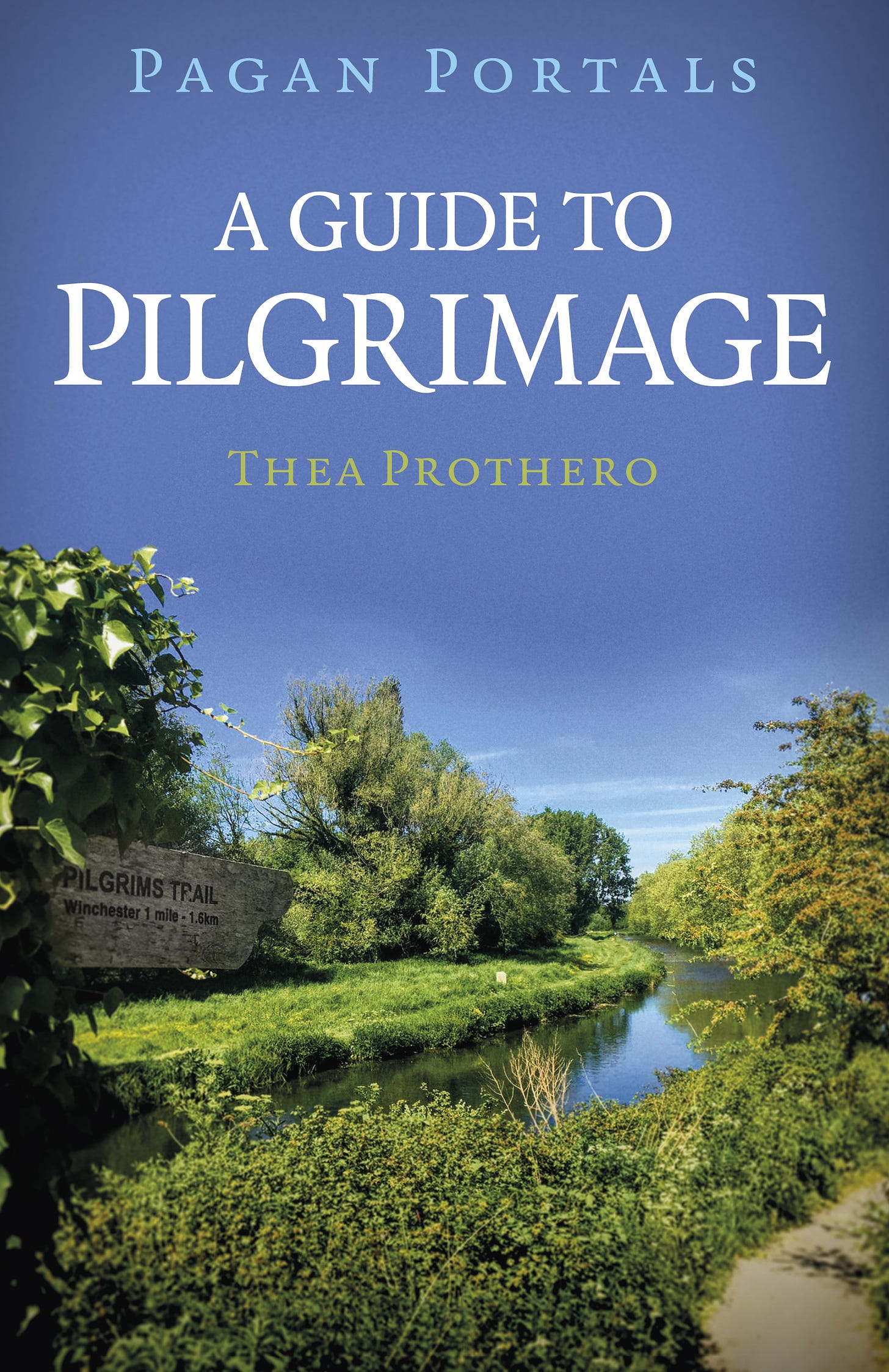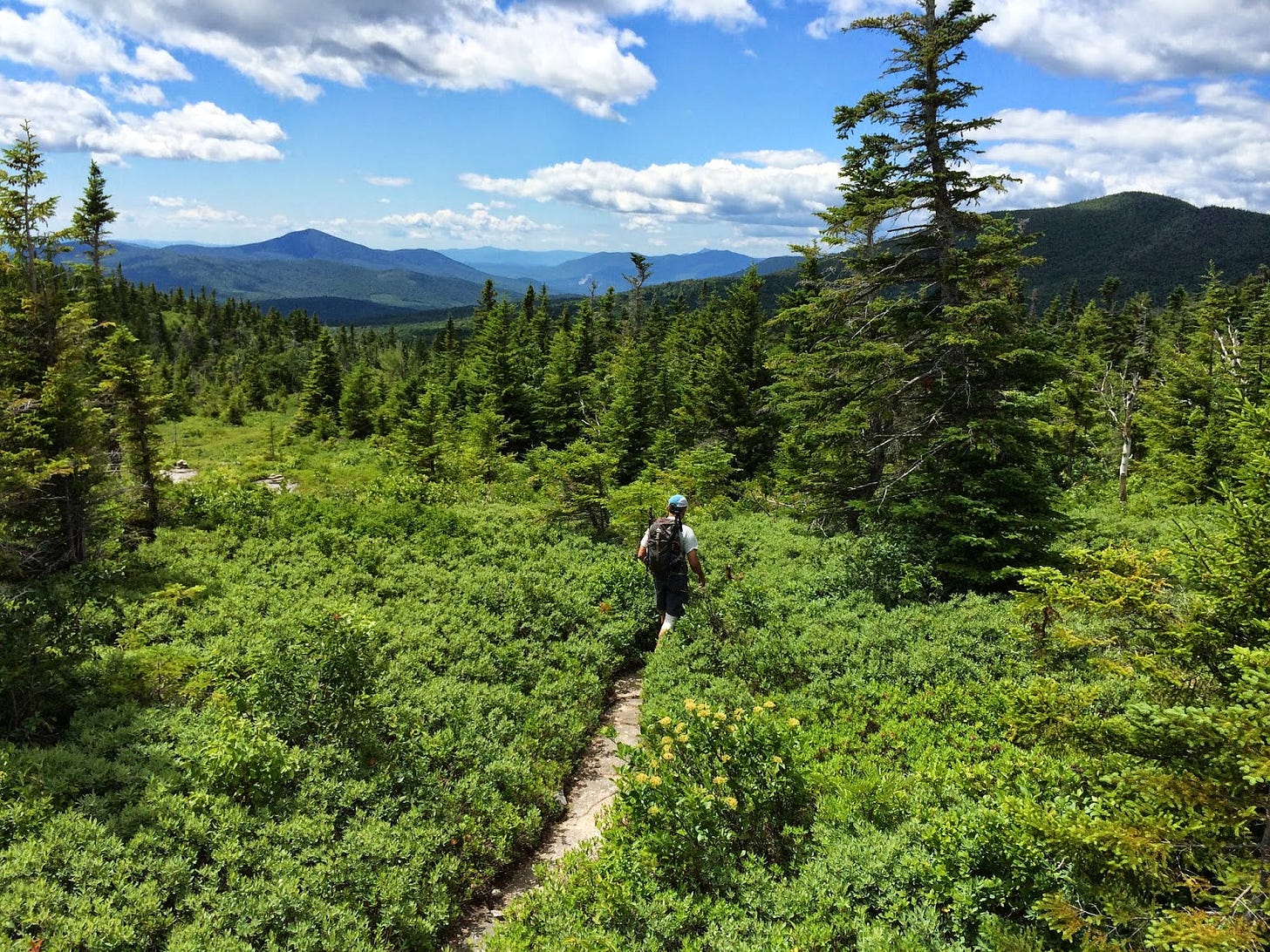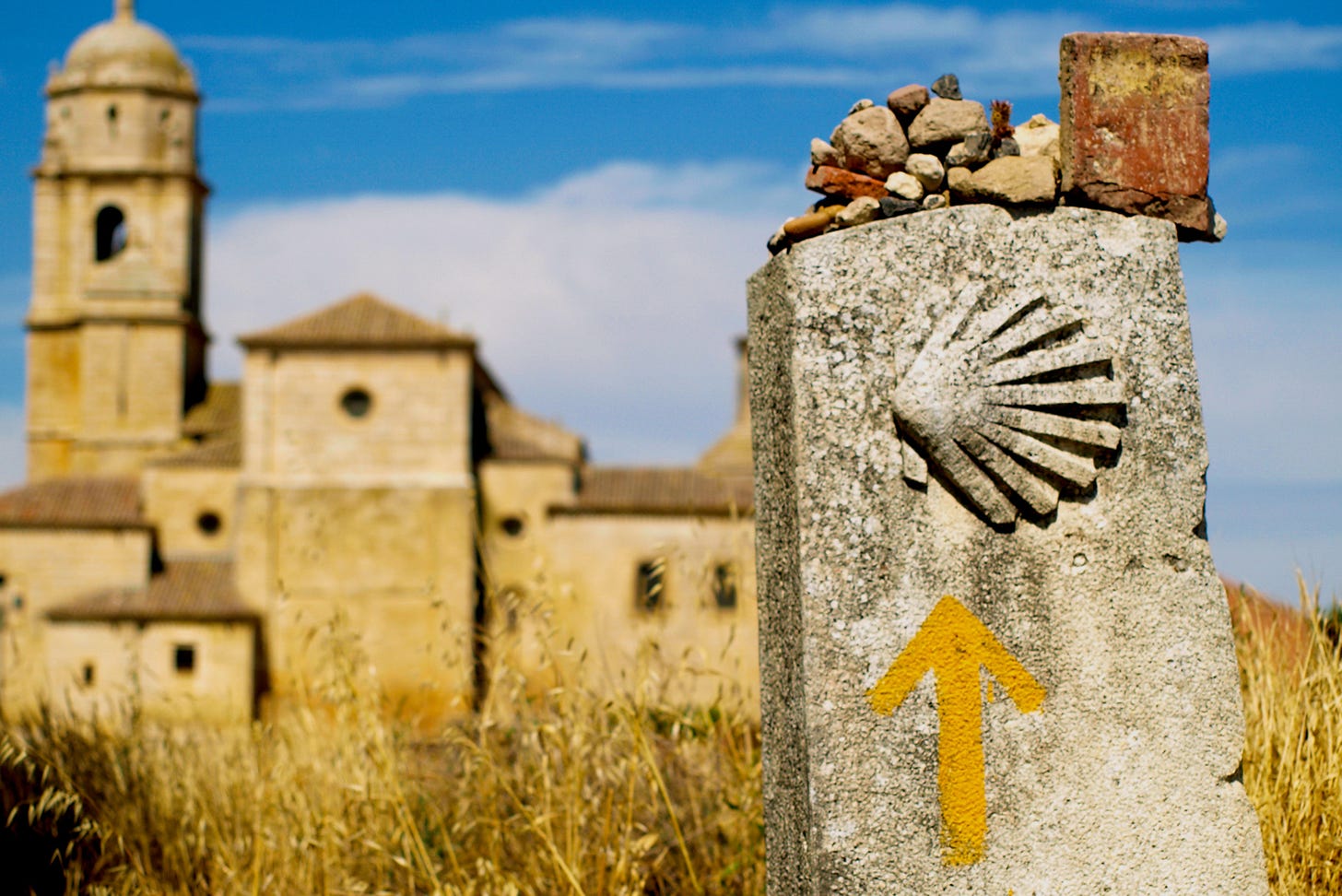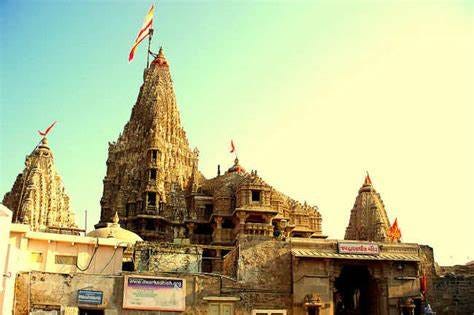In the lead up to the publication of my book, A Guide to Pilgrimage, on the 29th of October, I wanted to share an exclusive part of my book that never made it into the final edit: My A-Z of Pilgrimage Paths and Routes. I have split it down into sections to make it easier to follow. This week is A - D. Enjoy - and, as always, I’d love to know of any additional sites you would recommend, please comment below.
This is an A-Z of pilgrim routes; it is by no means comprehensive, and I have not been on all of the routes personally. I have, however, tried to include a personal note on as many as possible, both from myself and from people who have walked these paths. These chosen paths are ONLY meant as a way of inspiring you to research and choose a route that appeals to you, personally. I have tried to be as encompassing and as international as possible, but there are bound to be some I have not included either because I did not know of them, or felt they were somewhat repetitive with other routes. Some of paths and routes are not considered pilgrimages, but I believe this is open to interpretation and one size doesn’t fit all.
The most important part of this guide is to inspire and encourage you, so in that vein please read on.
A
The Appalachian Trail U.S.A
This is described as the longest hiking route in the world, and at 2,200 miles through the Appalachian mountain range its certainly the longest route in this guide. Passing through no less than 14 states, 8 national parks and a huge variety of geography from dense forests, alpine peaks to lowland bogs. Although its not a designated pilgrimage, parts of the trail were considered sacred places by Native Americans, including Mount Katahdin in Maine, which is home to the Thunders, giants who would invite hunters onto their mountains to instruct them about nature, according to Peskotomuhkati beliefs. Many painters and thinkers have walked the Appalachian trail and it has become an unofficial pilgrimage route with more than 2 million people said to walk at least a part of it annually.
It would certainly be a place to challenge yourself and experience a simpler way of life while improving your mental wellbeing. If being in nature is your connection to the divine or your goal for pilgrimage, then I can’t think of a greater experience. Although it would take months to walk the whole trail, its possibly to do it section by section and even a day at a time.
Take a look at the Appalachian Trail website for more information:
https://appalachiantrail.org/
Abraham’s Path Middle East Asia.
This epic route is 1,243 miles long and stretches from Harran in Turkey through Egypt, Israel and Jordan. It is said to be the supposed path that Abrahm/Ibrahim took across the Middle East according to the Old testament of the Bible, The Torah & Qur’an. The route was created in 2007 to encourage connections between people by walking together.
For more information, please check out the official website:
https://www.abrahampath.org/
Avebury Way S W England
Avebury is a neolithic henge encompassing 3 stones circles, one of which is the largest in the world. Best of all, its absolutely free to visit Avebury and take this relatively short pilgrimage walk of 11 miles, easily achievable in one day. The route includes visiting West kennet Long Burrow, Swallow head Spring (The source of the River kennet,) Silbury Hill then to the West kennet stone avenue towards the stone circles and henge. This can be extended to include Windmill Hill and the Ridgeway.
I have walked this way many times and it has never ceased to leave me with a sense of wonder at the mystery and ingenuity of our ancestors. I have felt a deep spiritual connection in the heart of the long burrow, and especially in the evening watching the sun set over Silbury Hill.
For more information on the route, please check out the British Pilgrimage trust’s page: https://britishpilgrimage.org/portfolio/avebury-pilgrimage-in-a-day/
A pilgrimage route can be walked between SW England’s world-famous Stonehenge and Avebury called The Great Stones Way. This walk is 36 miles long and incorporates Old Sarum near Salisbury and the Vale of Pewsey.
https://britishpilgrimage.org/portfolio/great-stones-way/
The Abbots Bromley Horn Dance, Staffordshire UK.
This is an annual folk tradition that takes place in September. It starts at the local church in the morning and is followed by a dance around the area lasting into the evening. Dancers include 6 Deer men, carrying antlers, a Hobby Horse, and a Boy with Bow & Arrow, accompanied by Maid Marian (a man in a dress), the Jester and musicians including a boy with a triangle.
This was the first custom that started a pilgrimage into the folk customs in the UK for Averil Shephard, “It’s the one that started me off on a quest to find more events around the calendar year and it’s a great day out lasting from early morning until pub closing time at night, it’s free to attend and everyone is very friendly, and it’s unique.”
Averil’s love of such things has led to her creation of her website, Calendar Customs which details over 800 throughout the UK! All of them are in calendar order, meaning that you can start at any time, or choose a month and find out what’s going on. Each event is painstakingly detailed, including photos, links to maps, and even hints on parking. If you are interested in folk customs, I would highly recommend her website.
https://calendarcustoms.com.
B
Bodh Gaya. India
Bodh Gaya is the most important religious centre relating to Gautama Buddha, and Mahabodhi Temple, located in Bodh Gaya is a UNESCO world heritage site and has been a centre of pilgrimage since at least the 5th century. In 1989 the Great Buddha Statue was consecrated by the 14th Dalai Lama and is 80 feet tall and is the first to have been placed in India.
According to Buddhist belief, before he became the Buddha, Siddhartha Gautama attained enlightenment under a tree, now known as the Bodhi Tree, and Bodh Gaya means place of enlightenment. Today, over 400,000 pilgrims from all over the world travel to Bodh Gaya to renew their commitment to the path of enlightenment.
For more information: https://whc.unesco.org/en/list/1056/
Bethlehem, Palestine.
The Holy Land according to Christians, includes Bethlehem birthplace of Jesus, Nazareth, where he spent his childhood and Jerusalem where he spent Passover and died there.
In Bethlehem, Christians believe that Jesus was born and it is a particularly popular site during the Christmas season where there are services held in The Church of the Nativity and Chapel of the Manger.
The Holy Land has been a popular destination for Christian pilgrims for over 1700 years and the area infamously fought over by Christians and Muslims during the Crusades. Today over 2000,000 visit every year, travelling by pilgrimage in many ways.
Please visit: https://whc.unesco.org/en/list/1433 for more information.
C
Callanish. Outer Hebrides, Scotland.
The Callanish ritual complex on the Isle of Lewis, outer Hebrides, Scotland, has been drawing visitors for thousands of years. In a cruciform shape with a burial chamber at the centre, the most famous of the stone circles was built over 5,000 years ago and what’s more, the stones are formed of the extraordinary Lewisham Gneiss only found in this part of Scotland and vary in age from 3.0–1.7 billion years old, it is one of the oldest rocks in the world. The most recognised of the stone circle is only one of no less than 11 other sites of stone circles and standing stones in the immediate vicinity, most constructed around the same time as the primary site. Interestingly the complex is on a peninsula which stands above Loch Rog, a saltwater loch. From the stones, there is a full 360-degree vantage point, which means the stones would have been viewed from deep within the local landscape and would have probably been the most prominent feature to be seen.
I visited the stones one evening in the summer of 2019. I had previously visited Orkney – Brodgar - and was interested in the energies of Callanish, as another sacred centre of a ritual landscape. The whole place had a strong liminal quality, especially because of the saltwater loch and (from what I was reading) the area used to flood during certain times of year. Brodgar is located between a saltwater and freshwater lock which gives it a sense of otherworldliness and I felt similar energies at Callanish. The stones, being so old, add to the mystery and the geology of gneiss means it has a definite pattern which you can see in each stone. I would highly recommend visiting if you are looking for thin liminal or otherworldly places.
Check out:
https://calanais.org/
for more information.
Camino De Santiago. Spain.
This is probably the most famous group of pilgrimage routes in the world, and I would be really surprised if you have not heard of it. Its possibly that you might know someone who has done one of the paths or at least partly.
The Camino De Santiago, or Way of St. James in English is a network of pilgrim ways leading to the Cathedral of Santiago de Compostela in Galicia, Northern Spain. This is the shrine of the apostle St. James who is supposedly buried here after relics were found in the 9th century. The Camino has been a pilgrimage route since the 10th century, Although the origins of the main routes are actually Roman and follow trading routes through France and Spain.
There are at least six well established ways, the most popular is Camino Frances which, starts in St John Pied de Port, France, and takes on average 25 days or more and is 772km in length. This being the most popular route, means in the summer it gets quite busy and lodgings along the way tend to get booked up. Today, over 220,000 people walk or cycle the Camino annually, many with differing spiritual beliefs or none and from all over the world. The Camino is actively promoted as a tourist activity by the local Galician government, meaning the figures have been rising steadily.
The most famous symbol of the Camino de Santiago is the scallop shell which are often found on the shores in Galicia and pilgrims may have picked one up as a souvenir of their pilgrimage. One myth state that as St James’ body was being transported to the Iberian peninsula by an angel in a ship, a wedding was taking place along the shore. The groom’s horse got scared by the approaching apparition and plunged into the sea, but miraculously, they remerged alive and covered in scallop shells.
D
Dwarka and the Dwarkadhish Temple, Gujarat, India
The Dwarkadhish Temple, dedicated to Krishna, in Dwarka is one of four sacred Hindu pilgrimage sites called the Chardham. Dwarka itself is one of the seven most ancient religious sites in India. The impressive temple is made of limes stone with detailed carvings and is five stories high and has seventy-two columns. The main spire rises over seventy-eight meters in hight and towers above everything in its vicinity.
Legends surrounding the temple say that Dwarka was built on a piece of land by Krishna that was reclaimed from the sea. Sage Durvasa once visited Krishna and his wife Rukmini. The sage wished that the pair took him to their palace. The pair readily agreed and started walking with the sage to their palace. After some distance, Rukmini got tired, and she requested some water from Krishna. Krishna dug a mythical hole that brought in river Ganga to the place. Sage Durvasa was furious and cursed Rukmini to remain in the place. The temple where Rukmini's shrine is found, is believed to be the place where she stood.
The temple is visited annually by thousands of pilgrims.
Please visit:
https://www.dwarkadhish.org/
for more information
Devils Tower, Wyoming U.S.A.
An impressive butte in northwestern Wyoming 1,588m above sea level. It was the first national monument in the USA, established by Roosevelt in 1906. The monument is significant to many Native American tribes of the Great Plains and the US government has been petitioned to change the name to Bear Lodge by several tribes as recently as 2015.
There are many legends from different tribes associated with Devils Tower, one example is from the Crow:
“Once when some Crows were camped at "Bear's House," two little girls were playing around some big rocks there. There were lots of bears living around the big rock, and one big bear, seeing the girls alone, was going to eat them. The big bear was just about to catch the girls when they saw him. The girls were scared and the only place they could get was on top of the rocks around which they had been playing. The girls climbed the rock but still the bear could catch them. The Great Spirit, seeing the bear was about to catch the girls, caused the rock to grow up out of the ground. The bear kept trying to jump to the top of the rock, but he just scratched the rock and fell down on the ground. The claw marks are on the rock now. The rock kept growing until it was so high that the bear could not get the girls. The two girls are still on top of the rock.”
(This legend was told to Dick Stone by Ride-The-White-Hip-Horse. Interpreted by Goes-To-Magpie.)
The mountain received worldwide attention in the film “Close Encounters of the Third Kind” in 1977. This in turn attracted visitors and film buffs who wanted to see the famous site.
The trails around Devils Tower are relatively short, averaging at 2.4km but visitors also climb the rock which takes significantly longer. The trail and monument are a popular place to go, with over 500,000 people visiting annually.
Check out: https://www.nps.gov/deto/index.htm for more information.
Be sure to visit next week for more inspirational pilgrim sites.












